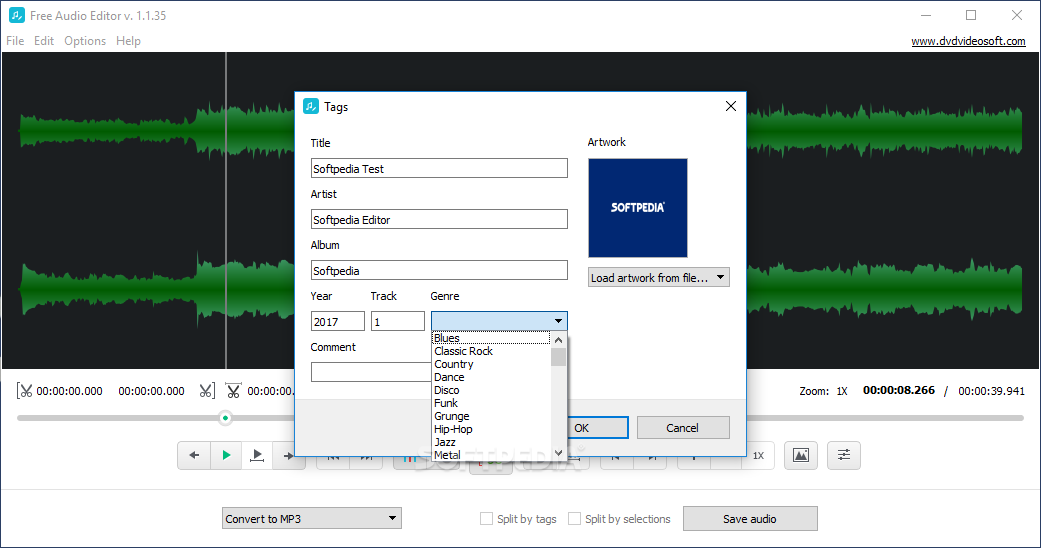

Two circular 8-mm full-thickness wounds were made on the dorsal skin of the rats using a disposable biopsy punch (Kai Medical, Tokyo, Japan). The hairs on the back of the rats were shaved with a razor, and the skin was disinfected with 80% ethanol.

Briefly, rats were anesthetized with an intraperitoneal injection of medetomidine (0.15 mg/kg), midazolam (2 mg/kg), and butorphanol (2.5 mg/kg). Surgical wounds were created on the back of the rats, according to a previous report.

All animal experiments were performed in accordance with the Guidelines for Animal Experimentation at Kobe University Animal Experimentation Regulations (permission number: P180501) and were approved by the Institutional Animal Care and Use Committee. Seven-week-old female Wistar rats (CLEA Japan, Inc., Tokyo, Japan) were used in the current study. The current study showed that the combination of α-SMA and Masson’s trichrome (MT) staining was adequate for evaluating the neo-epithelium and ionized calcium-binding adapter molecule 1 (Iba-1, a marker of microglia and macrophages) staining was adequate for evaluating residual inflammation within 14 days after wound creation. However, in previous reports, the effect of PGA sheet covering on wound healing was histologically evaluated using only hematoxylin and eosin (HE) staining. No infiltration of inflammatory cells was found at postoperative week four in either group.Īs mentioned above, the formation of neo-epithelium and evaluation of residual inflammatory cells may be adequate as an index to evaluate the effect of PGA sheet covering on wound healing. Interestingly, they found residual PGA fibers and macrophages in the PGA wound two weeks postoperatively, whereas collagen fibers were found toward the center of the control wound. The histological features of the specimens in postoperative week eight were similar to those in week four. Four weeks after tongue resection in rabbits, epithelization was almost complete in the control and PGA groups, and PGA was completely absorbed or detached. They found that the wounds of the control and PGA groups exhibited partial repair of the neo-epithelium after two weeks. , wounds with or without PGA sheets and fibrin glue at one, two, four, and eight weeks after partial tongue resection in rabbits were histologically evaluated. In another animal experiment by Inokuchi et al. They also reported that PGA covering did not affect the length of the neo-epithelium at the wound site. focused on the effect of PGA sheet covering on early wound healing, specifically on days four and seven after wound creation on the back of rats, and reported that PGA sheet covering suppressed contracture and reduced expression of α-smooth muscle actin (α-SMA, a marker of myofibroblasts, the shrinking of which causes scar contracture). However, few histopathological studies have focused on the effect of PGA sheet covering on wound healing. Recently, the clinical use of PGA sheets for preventing delayed perforation and closure of a fistula in open and endoscopic surgery or covering wounds following partial glossectomy has been reported. Polyglycolic acid (PGA) sheets are suture-reinforcement materials absorbed within 4-15 weeks. The number of Iba-1-positive cells on day 12 was significantly higher in the PGA group than in the control group.Ĭonclusions: To assess the neo-epithelium length and the remaining inflammation, the α-SMA, MT, and Iba-1 staining may be appropriate. Results: The average values of neo-epithelium length on day seven measured by referring to the borderline between MT staining and α-SMA expression were 959.2 μm in the control group and 582.2 μm in the PGA group. The remaining inflammation on days seven and 12 was assessed with ionized calcium-binding adapter molecule 1 (Iba-1) staining. The length of neo-epithelium on day seven was measured by referring to Masson’s trichrome (MT) and α-smooth muscle actin (α-SMA) staining. The wounds were assessed on days seven and 12 after wound creation. Four rats were divided into the control (raw surface) group and the PGA group, in which the wounds were covered with a PGA sheet. Methods: Full-thickness defects of 8 mm were created on the back of seven-week-old rats. This pilot study focused on the neo-epithelium formation and the remaining inflammation. Purpose: Although the usefulness of polyglycolic acid (PGA) sheet for wound dressing has been recently reported, its histopathological effect on wound healing is not completely elucidated.


 0 kommentar(er)
0 kommentar(er)
